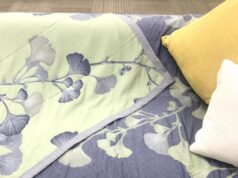
Are you looking to enhance the aesthetics of your home? Choosing the right interior door color can transform any room and create a unique ambiance. From bold and vibrant shades to classic and subdued hues, the options are endless.
However, selecting the perfect color can be overwhelming. In this blog post, we’ve compiled some useful tips to help you choose the best interior door colors that will complement your room’s aesthetics and elevate its overall appeal.
Why Door’s Color is Important
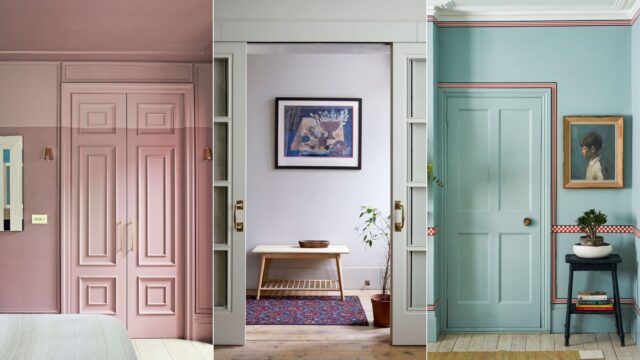
Living in a white-walled apartment can feel cold and lifeless. This is because color has the unique ability to transform the way we feel about our surroundings, even something as simple as the walls or doors around us. Although doors and door frames traditionally have the same color, they do not necessarily need to be the same tone.
Certain hues can trigger emotions like calmness, excitement, or even passion. This is why certain businesses use specific colors in their branding to make customers feel a certain way. While an all-white room may look sleek, it can have a negative effect on our mood if we spend time there frequently.
Tips for Choosing the Right Interior Doors Color
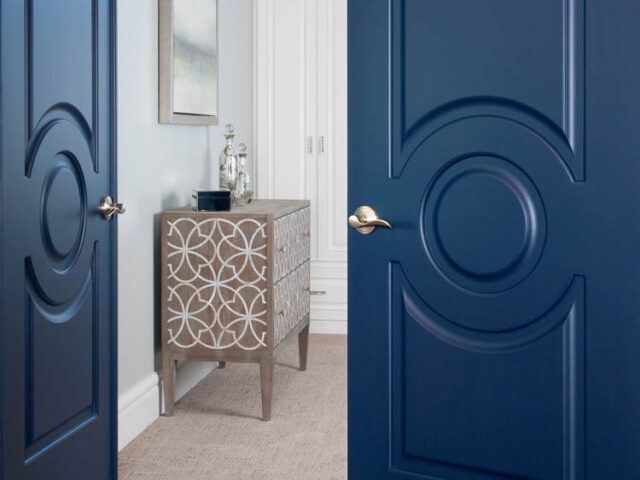
Pay Attention to the Overall Style of the House
When choosing the color for your interior doors, it is important to consider your home’s style and existing color palette. For small apartments and houses, going monochromatic can help create a serene and open environment, while larger spaces allow for more contrast.
However, it is important to ensure that the door color relates to the overall hue palette for your home and its accents. To create a cohesive look, you can link the door color to an accent that is being used throughout your space.
Combine the Colors of the Doors with Other Interior Elements
You can also combine the door color with other interior elements, such as wooden shutters or light-colored furniture. However, it’s important to choose a shade that complements your space and creates the mood you want to achieve.
Additionally, the material of your door can also determine what colors will look good. Consider chemically cured finishes like catalyzed lacquer or conversion varnish for their durability and ease of maintenance.
Decide What Mood You Want to Create
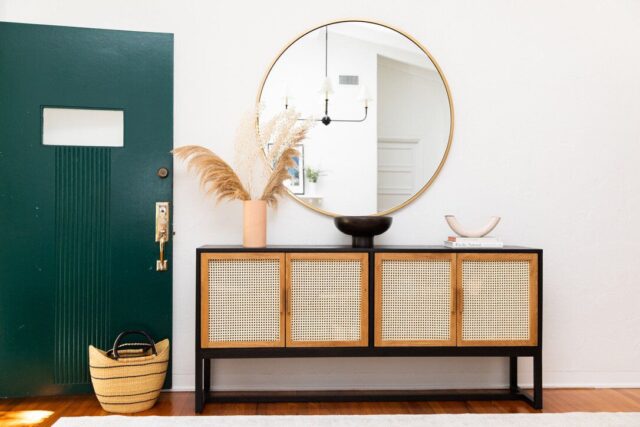
Do you want a relaxing or vibrant space? A light tone will make your room feel more spacious, while a dark color will provide a cozy ambiance. Use the 70-30 rule to pick the perfect shade for your door. Choose a darker shade for the door and lighter shades of the same hue for other elements in the room to create a cohesive look.
Determine Which Room You Want to Install the Door
Consider the room where you want to install the door when choosing the color. For instance, a bright blue door in your child’s bedroom can add a touch of fun and vibrancy to the space, while darker tones like brown or gray may be more appropriate for a home office that needs to look professional.
Additionally, take into account the amount of natural light the room gets. Darker colors tend to absorb light and make the room feel smaller and closed off, while lighter shades let light in and create a sense of openness, which is ideal for smaller rooms where you want to make them appear bigger or brighter.
Choose the Right Material
If you want to purchase interior doors online, consider the material and color options available to ensure you choose the perfect match for your home’s style and aesthetics. It is important to consider the material of the door.
Traditional colors such as brown, white, and cream may look best on wooden doors, while contemporary shades like white or gray may be more suitable for aluminum doors.
The Most Popular Colors of Interior Doors
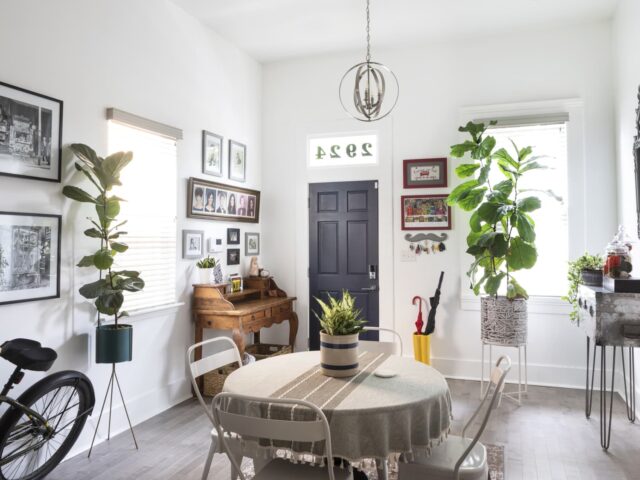
Black
Black doors can add a minimalist look, create an accent wall, and make the doors look richer and more expensive. They’re a great way to add color and break up the monotony of traditional white trim and beige walls. Choosing a matte finish can enhance the contrast against white trim, but it requires more maintenance than a glossier finish.
White
White is a popular color for interior doors because it looks clean and classic. It can be paired with any shade, making it easy to customize your door and change your home’s color scheme.
White doors are also generally less expensive than stained or painted wood, making it a good option for those on a budget. They can also make a space feel larger and blend well with all wall colors.
Wenge
Wenge is a term used to describe dark shades of brown and maroon that can look great in well-lit environments. This color is associated with feelings of nobility, strength, and endurance, making it an ideal choice for library and hallway interior doors in traditional homes.
Blue
Blue is a versatile color that can work well with various interior designs. Dark blue can accentuate the sharp lines of modern architecture, while soft sky blue can evoke feelings of calmness and serenity, creating an emotional environment.
Green

Green is an inviting color that can add a touch of tranquility and balance to traditional and transitional homes. It can be a perfect choice for bedroom and office doors if it complements the existing hues in the interior elements.
Interior and Exterior Sides
Dual colors are a popular choice for interior doors. It can transform your home’s look if you choose complementary shades that work together. For instance, you can choose shades of the same color or shades of different colors that are next to each other on the color wheel.
Combining two colors on the interior and exterior sides of the door can add a stylish touch to any space. Choosing the right door color is essential because it can impact the overall look of a room.
Conclusion
Choosing the right interior door color can transform the look and feel of a room. By considering your home’s style, existing color palette, and the mood you want to create, you can choose a color that complements your space. Whether you opt for a classic white door or a bold black one, the options are endless.
Remember, the color of your door can influence the ambiance of your home, so choose wisely. With our tips and tricks, you’ll be on your way to creating a unique and inviting space that reflects your personal style and taste.





